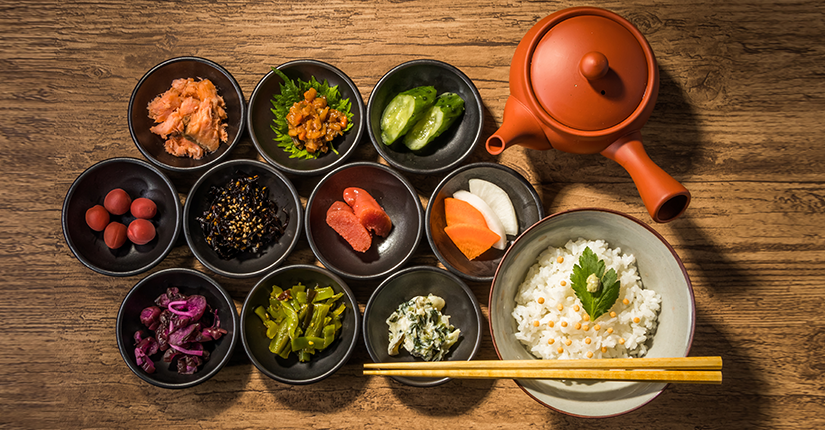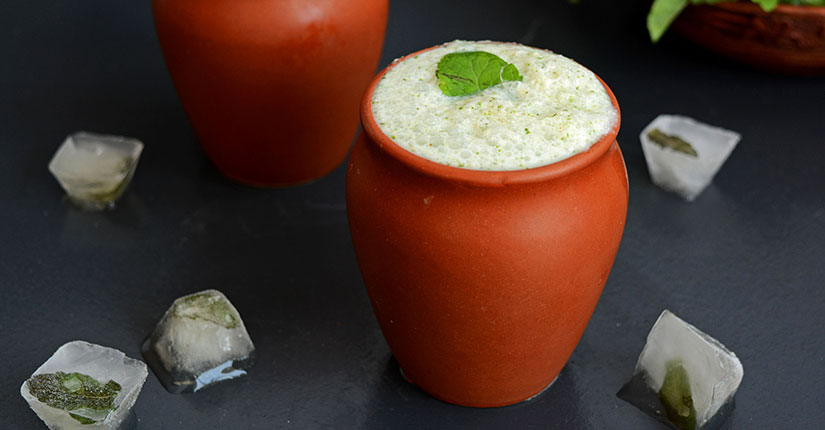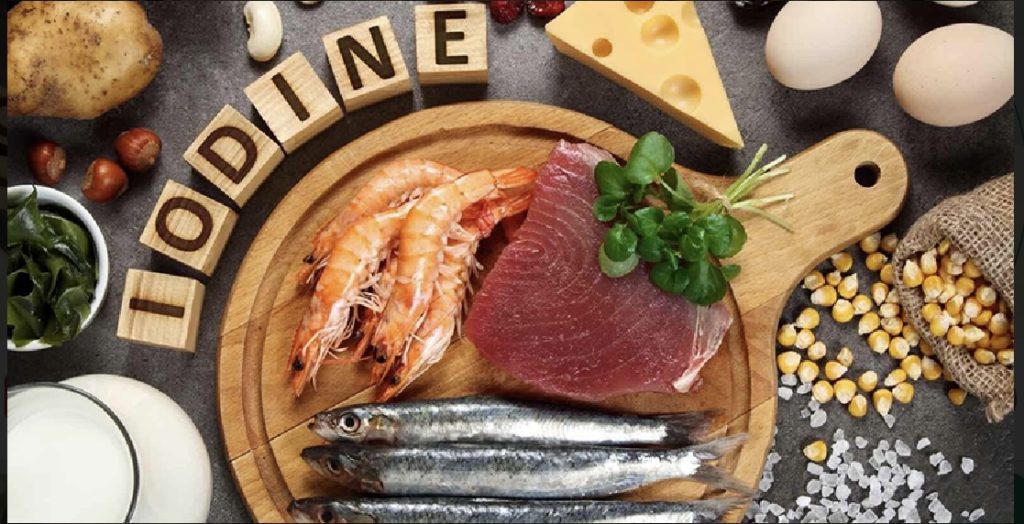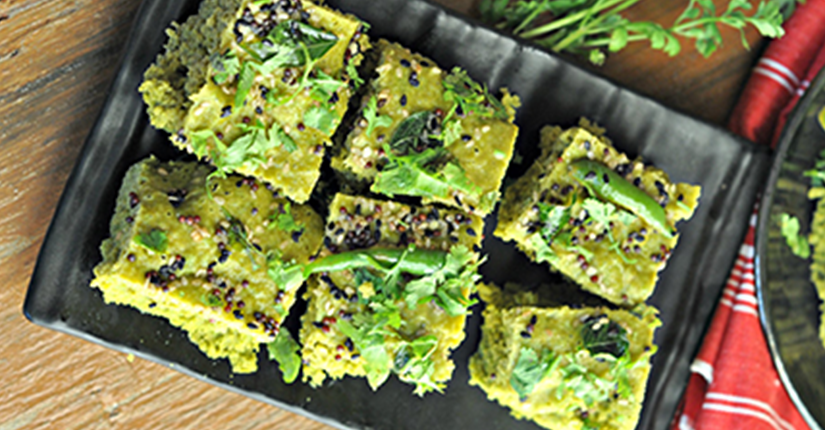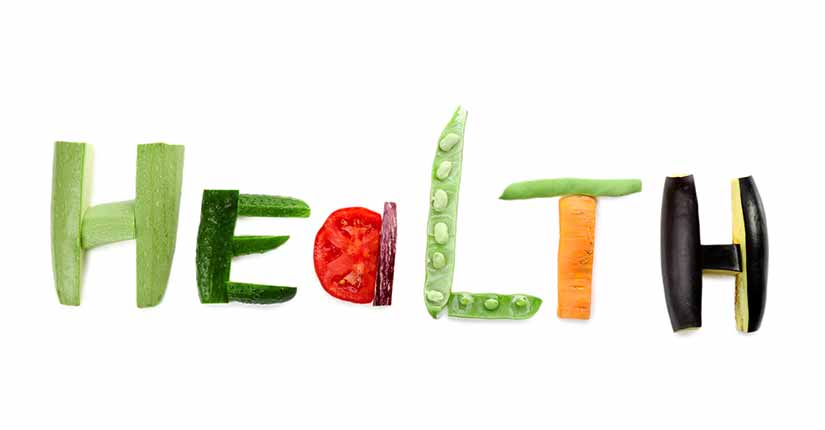The Grains of Golden Rice- Everything You Need to Know
By Nmami Life Editorial 27-Mar 2020 Reading Time: 8 Mins

Rice is a staple food for most of the parts of Asia and almost few other parts of the world. In countries like Bangladesh, Vietnam and others, rice provides two-thirds of all calories consumed. Around the globe, a fifth of humanity’s calories come from rice. In the same countries, where rice is staple food, people are more vulnerable to Vitamin A Deficiency (VAD) and its associated hazards are endemic.
Bio-fortification is the concept of breeding crops to increase nutritional value and is a great way to avoid malnutrition and ward off micronutrient deficiencies. Genetically modified (GM) crops are crops that involve modification in its DNA using genetic engineering methods. It is generally done with the objective of introducing a new trait to the plant or crop that naturally doesn’t exist.
Golden rice is a genetically modified, bio fortified crop. Golden rice is genetically modified in order to produce beta carotene, which is normally not found in rice. Beta carotene, when metabolized by the human body, gets converted into Vitamin A. Humans need Vitamin A for healthier skin, immune systems, and vision.
What was Golden Rice Project about and who brought it?
The Golden Rice Project was first introduced by two professors Ingo Potrykus and Peter Beyer. In 1999, they proposed their project to Rockefeller Foundation to genetically engineer rice to increase its nutrient value. However, Golden Rice search started off as a Rockefeller Foundation initiative in 1982.
Golden Rice is genetically engineered to produce and accumulate β-carotene in the endosperm of the grain (the edible part). This gives the grains a golden colour, unlike regular white rice, which is practically devoid of carotenoids. When golden rice is consumed, the β-carotene is either stored in the fatty tissues of the body or converted into vitamin A.
Carotenoids, including β-carotene, are plant pigments that naturally occur in coloured fruits, carrots, and green vegetables. Plants lack Vitamin A, and contain only its precursor, β-carotene, also known as provitamin A. Animals, including humans, synthesise Vitamin A from a few carotenoids eaten in the diet. Hence, animal meat possesses Vitamin A. People living on a poor diet are more at risk of becoming vitamin A deficient, which can lead to life-threatening illnesses.
Ingo Potrykus, Professor emeritus of the Institute for Plant Sciences of the Swiss Federal Institute of Technology (ETH, Zurich), and Professor Peter Beyer, of the Centre for Applied Biosciences, University of Freiburg, Germany(Ye et al 2002) are the inventors of Golden Rice. After years of research by various experts, a meeting of researchers was convened in New York in 1992. There, Professors Ingo Potrykus and Peter Beyer met for the first time and subsequently decided to embark on this Golden Rice project that would lead to the development of Golden Rice in 1999. Their great contribution consisted in showing that a very complex biosynthetic pathway could be tweaked to enhance the health-promoting virtues of a crop. The breakthrough insight was that most of the pathway was already present in the rice grain and it only needed two genes to reset the whole pathway.
Aim of creating Golden Rice
Golden rice was developed to alleviate malnutrition and Vitamin A deficiency by enriching the rice with beta-carotene content, which when consumed, is converted to Vitamin A in our body.
There has been a long standing debate on the pros and cons of genetically-modified food and its place in modern society, here are a few of them to help you understand:
Pros
- Can help combat malnutrition: In countries like Philippines, there are limited sources of Vitamin A and beta carotene, which can help such GM crops to increase nutrient intake in their people.
- No apparent environmental risk: Since its research going on since early 2000 and continued till 2013, it shows no potential risk and gives higher crop yield with desirable traits.
Cons
- Health benefits might not be substantial: It contains single nutrient and could lead to people not consuming several natural vitamin A rich sources that might be economical and of higher nutritional value
- Over commercialization of the new trend: Putting immense tax and making it more expensive could make it difficult to reach to everyone
The Dilemma
Wealthy nations have more technology to explore, experiment and produce GM crops but the question arises whether the less developed nations would be able to afford the costly alternatives. Though Golden Rice is the best example of bio fortification and is genetically engineered to contain high levels of the vitamin A precursor beta-carotene, can it still survive in poverty-stricken countries?
Over to you
While not only government funded supplemental nutrition programs play much role but also individual efforts could be taken to provide enough Vitamin A and Beta carotene from fresh and natural foods, if available.
However, it is advisable to consult a dietitian before following any food trend and it varies according to individual choices and beliefs. Keeping in mind moderation is the key; every individual should consume any food item or follow any trend mindfully.




